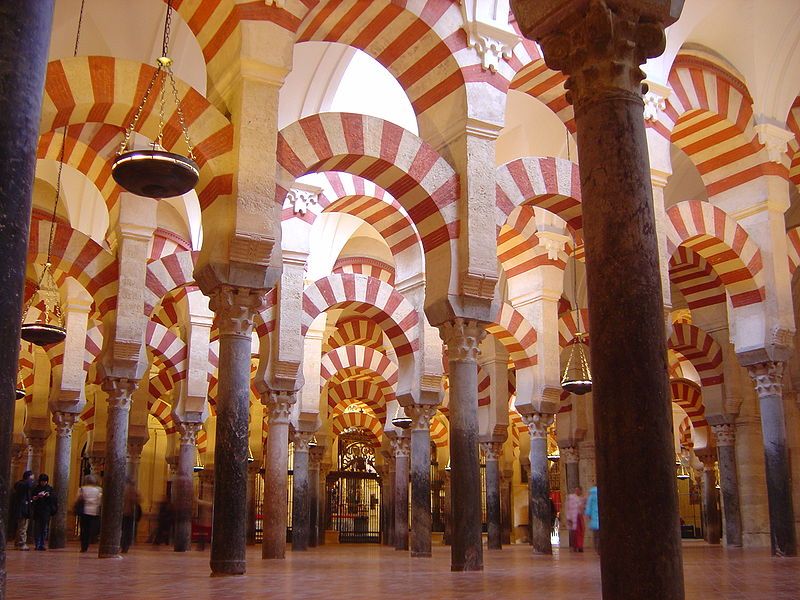It’s one of those majestic sights that imprinted itself indelibly on my memory forever when I first visited many years ago: a mystical, mysterious forest of columns stretching into the distance of the vast interior space that was – and is – the UNESCO World Heritage Mezquita-Catedral de Córdoba. An ancient Visigothic church was transformed into a mammoth mosque in the 8th century, during the region’s long rule (711-1236 AD) by Muslim emirs and caliphs, then subsquently reconsecrated as its Catholic cathedral after the Reconquest, but the church – altar, choir, and so forth – was hacked out of the columns, sitting at the centre of it all like some kind of inner sanctum. It’s without a doubt one of the most curious and singular cathedrals you’ll ever experience.
 But of course, there’s far more to this Andalusian city – now with a population of 325,000 but in the 10th century estimated to be the world’s largest – beginning with the Judería (Jewish quarter) just northwest of the Mezquita. This entrancingly atmospheric maze of narrow lanes and closely packed, whitewashed houses, also a UNESCO World Heritage Site, was built largely between the 10th and 15th centuries; one of those lanes,Calle del Pañuelo, is so called because it’s said to be barely wider than an unfolded handkerchief.
But of course, there’s far more to this Andalusian city – now with a population of 325,000 but in the 10th century estimated to be the world’s largest – beginning with the Judería (Jewish quarter) just northwest of the Mezquita. This entrancingly atmospheric maze of narrow lanes and closely packed, whitewashed houses, also a UNESCO World Heritage Site, was built largely between the 10th and 15th centuries; one of those lanes,Calle del Pañuelo, is so called because it’s said to be barely wider than an unfolded handkerchief.
Given the present-day state of affairs, it might surprise some to learn that in al-Andalus (Islamic Spain), Jews not only got along quite well, but better than under the Christians for several centuries after the Reconquest, and this was a great centre of Spanish Jewry and home to great figures such as Maimonides.) It also includes landmarks such as the Moorish-flavored synagogue (1315), now a museum; a Sepharad House cultural and exhibition centre; and the Bullfighting Museum. Its flower-bedecked courtyards are a particular delight, and each May the Festival de los Patios is a delightful celebration of them.
Among the city’s other top sites are the 14th-century Alcázar (palace/fortress) and Royal Stables; the medieval Calahorra Tower, these days housing a museum devoted to coexistence between Christians, Jews, and Muslims; the atmospheric Arab Baths; remnants of the ancient Roman settlement here including a series of mausoleums, an iconic bridge over the Guadalquivir River, and temple ruins right next to the city hall; and just outside the city, the Medina Azahara ruins of a 10th-century caliph’s palace.
It’s an extraordinary mix of cultures and eras matched by few other places in Spain, actually. So if you haven’t been here already, Córdoba is definitely another one for your bucket list.
More information in English: TurismodeCordoba.org.

Comments